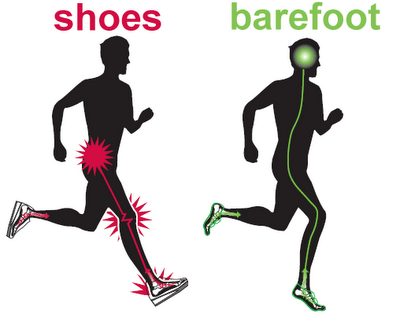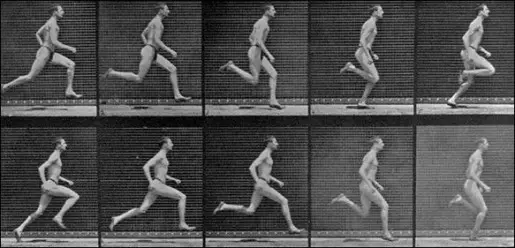
Runners: Illiotibial Band Syndrome and the “Stiff” Pelvis
If you are an avid distance runner, you may experience a tight and painful sensation on the outside of your thigh, termed Illiotibial Band Syndrome (ITBS).
What Is The Illiotibial Band?
The Illiotibial Band (ITB) is the combined tendon of the Tensor Fascia Lata (TFL) and the Gluteus Maximus (GM) muscles. The TFL and GM muscles are hip joint mobilisers and their tendon, the ITB, extends down to the lateral side of the thigh, attaching just below the knee joint. As the contraction of the Tensor Fascia Lata (TFL) and Gluteus Maximus (GM) muscles affects the tension of the IT Band, it can become tight and painful with extensive hip activities like running. The emphasis on big and powerful strides may also inadvertently “stiffen” their pelvis with excessive TFL and GM muscles contractions, resulting in a progressive tightening of the ITB.
Addressing ITB Syndrome

The conventional way of addressing Illiotibial Band Syndrome (ITBS) is to stretch the Illiotibial Band (ITB) with deep massage. You can also do it by rolling over a semi-rigid foam log. These methods do yield some increase in tissue flexibility but the effects are generally temporary. This approach is akin to attempting to stretch a guitar string by rubbing and rolling it with a rod! By loosening the string tuning knobs at the headstock of the guitar, the string will slacken. With regards to a free and mobile pelvis, preventing excessive contraction of the TFL and GM muscles will prevent the ITB from becoming excessively tight.
Free and Mobile Pelvis
How would you allow movement of the pelvis when running? First of all, the pelvis has to be positioned at a neutral angle (with natural lumbar lordosis, “the neutral spine position” to engage the spinal core muscles) and allowed to rotate around a vertical axis.
In other words, the pelvis moves forward and backwards in integration with the legs. During the swing phase of the stepping leg, the pelvis naturally rotates backwards to allow hip joint clearance for the flexing hip. Upon foot strike, the pelvis rotates forward to assist with the push-off/propulsion phase. This more natural way of running promotes maximal efficiency of the TFL and GM muscles. It also prevents Illiotibial Band (ITB) tightness and associated conditions. Furthermore, it makes running a less strenuous and more enjoyable experience!
Recap:

How Should I Run?
If you are wondering how you should run to prevent Illiotibial Band Syndrome and other injuries, fret not. We have offered some tips on how you should run, what things to look out for.
Maintain good posture with a natural curve of your low back. Take small steps via lifting a bent knee (like running in place). Allow the pelvis on the same side to rotate back. Land with foot directly under body (on the mid or forefoot) with your pelvis rotating forward. This is done as you push off. Do not push down on your foot (minimizing excessive calf muscle contractions) during the propulsion phase. Repeat. To go faster, lean forward from the ankle (to allow “falling forward” momentum) to induce a spontaneous increase in your movement cadence.
Related Articles
- Management For Iliotibial Band (ITB) Friction Syndrome Following up with our last Iliotibial Band (ITB) article, we have identified three conditions that contributes to the tightening of…
- Unlock Your Running Potential with 5 Essential… Running, a sport of endurance and passion, demands more than just putting one foot in front of the other. About…
- Anterior Knee Pain in Runners Do you feel pain in your knee on climbing stairs or even squatting after your run? Feeling weird that it…
- Muscles To Target In Hip Osteoarthritis Hip osteoarthritis is very common amongst an elderly population. There are many researches looking at the causes, the process…
- Kneeling Pain: What can I do about it? Kneeling can be painful with existing knee pain. As a country often described as having a melting pot of cultures,…
